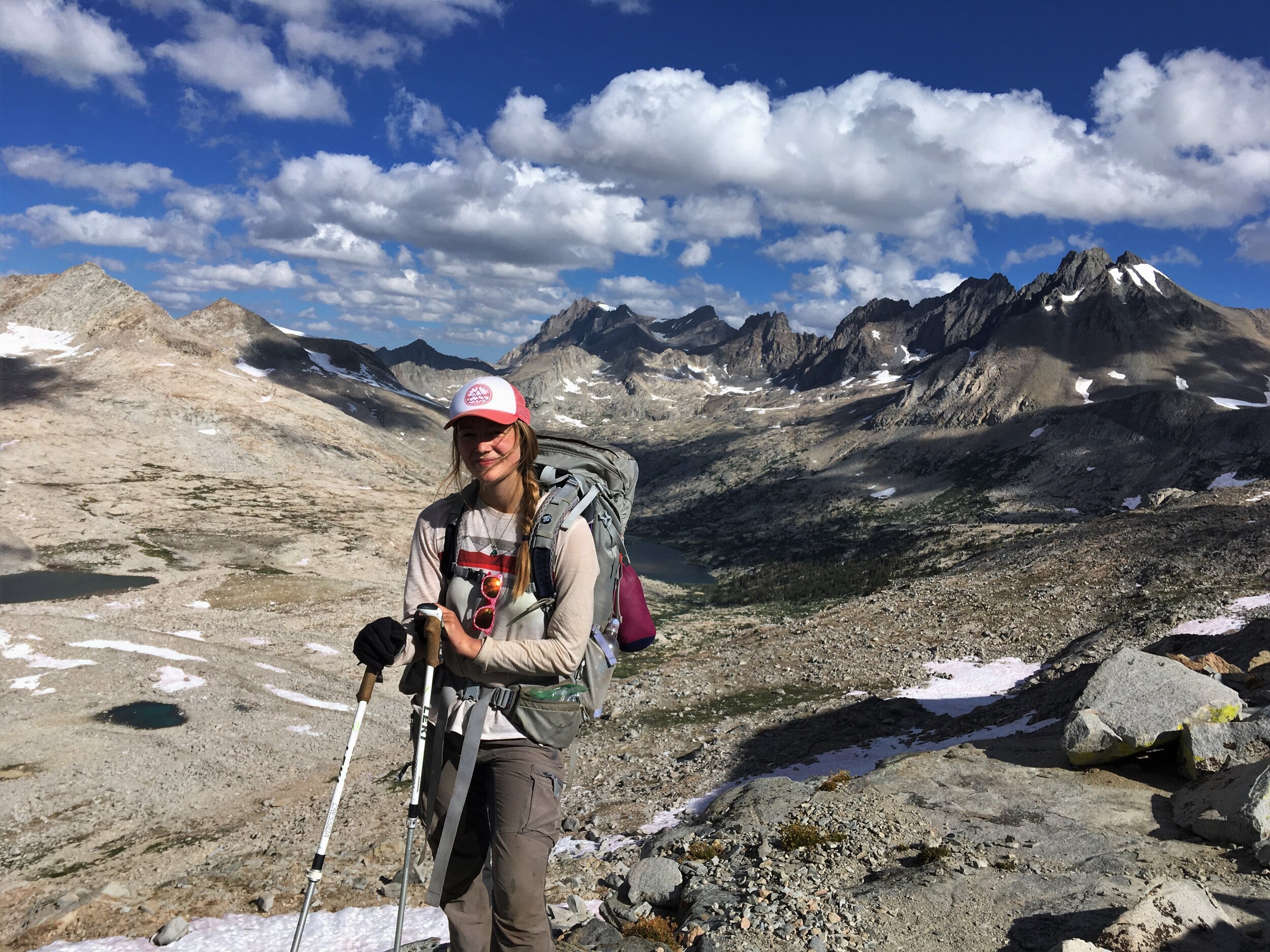The JMT is famous for it’s many passes, big and small. Once you pass VVR going SOBO, the passes will pretty much dictate your daily mileage and camps. Most hikers do the JMT SOBO, and there are many beautiful camp spots on the north side of the passes. You will typically camp strategically close below the passes to traverse them in the morning – minimising the risks of being caught in an exposed spot during an afternoon thunderstorm and to avoid slushy snow in high snow years.
The passes are a source of constant anticipation and worry. In high snow years they can be dangerous. In normal years they are simply… big and often hard. But they vary greatly in level of difficulty, altitude and gradient. From the little speed bump Silver to the massive Forrester. We entered the JMT at Thousand Island Lake, and hence skipped both Donohue and Island pass. We also exited over Kearsarge to resupply in Independence, so that pass is included in the ranking. This ranking is of course based on my personal experience, any pass can be made easier or harder depending on your mood and the weather.
If you are going to hike the JMT, know this: some passes will be pleasant surprises, others will tear hard at your stamina. Be mindful about your camps and itinerary. But remember, the passes all have one thing in common. They are all unbelievably beautiful. Here follows a ranking of the passes from easiest to hardest!
Kearsarge pass:
Just an easy slope up from the main basin, this pass is merely an afterthought and overlooks some of the best scenery on the trail.
Silver pass:
Our first JMT pass. We camped right below and simply popped over the snowfield. Easy peasy! Recommended camp: Squaw Lake.
Selden Pass:
Also pretty small. Gentle gradient up until the last little bit, all in all a breeze. The last small pass going SOBO. Recommended camp: Marie Lake.
Pinchot Pass:
This may come as a surprise to many, as Pinchot is one of the highest passes on the JMT. But most hikers oddly conclude that it’s easy. Why? I don’t really know, it just is. Recommended camp: Lake Marjorie.
Muir Pass:
Muir is different from the other passes because the southern side is incredibly long. Not a hard pass in itself because of the easy gradient, but we still had some hairy moments traversing the large snow fields, and Muir totally took a whole day. Recommended camp: Evolution Lake.
Mather Pass:
Now we’re getting to the bad boys. Mather is one of the most dreaded passes on the JMT due to its steep northern side. If you camped below the Golden Staircase the night before, you will be in for a very hard time. Recommended camp: Lower or Upper Palisade Lake.
Forrester Pass:
The biggest pass on the JMT, and the highest point on the Pacific Crest Trail. It takes over half a day to traverse simply because it’s so massive. It’s steep, long and hard. Forrester’s got it all. Recommended camp: Center Basin Creek.
Glen Pass:
A beast. The north side is so steep that it’s actually an overhang. Snowfields near the top can be seriously sketchy because of the high gradient. It’s not the highest pass – but Glen obliterated me. Recommended camp: Rae Lakes.









